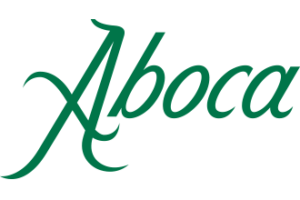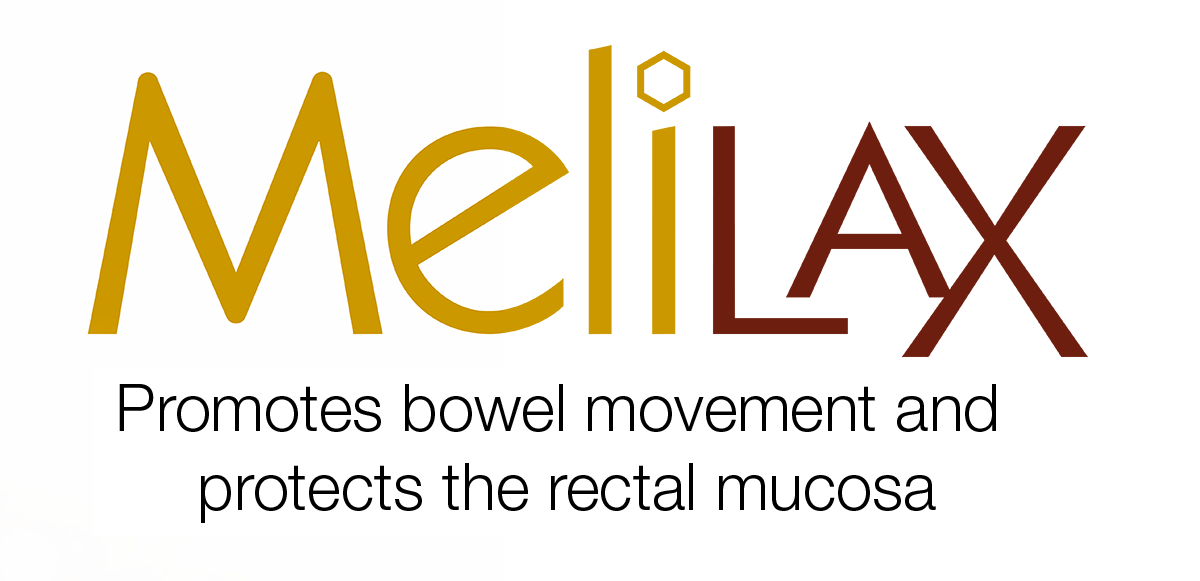The research that led Aboca to develop Melilax began with study of the ancient texts preserved in the Bibliotheca Antiqua at the Aboca Museum, a “treasure chest” of about 1000 volumes published between the 1500s and the early 20th century.
Thanks to historical research, Aboca was able to rediscover the many benefits of honey for human health. For the ancient Mediterranean peoples, honey was the “fundamental medicinal substance.”
It was so precious as to be given a divine valence: it was believed that honey fell from the heavens and was collected by bees as a gift to man.
Administration by the rectal route is reported as early as 1500 BCE, when the Egyptians used suppositories containing honey. A thousand years later, Hippocrates described suppositories of anise, myrrh, goat fat, and honey. History tells us that Hippocrates also used honey-based enemas for laxative and depurative purposes.
Reinterpreting the historical testimonies in the light of the most rigorous recent scientific knowledge and making use of advanced analysis techniques, Aboca was able to verify and valorize the properties of honey.
By applying avant-garde technologies, Aboca has developed the potential of this precious raw material to create an innovative micro-enema.


 English
English  Italiano
Italiano Français
Français Español
Español polski
polski Belgique
Belgique Bulgarian
Bulgarian Deutsch
Deutsch Ελληνικα
Ελληνικα Português
Português Română
Română

 Read the warnings and the instructions for use carefully.
Read the warnings and the instructions for use carefully.